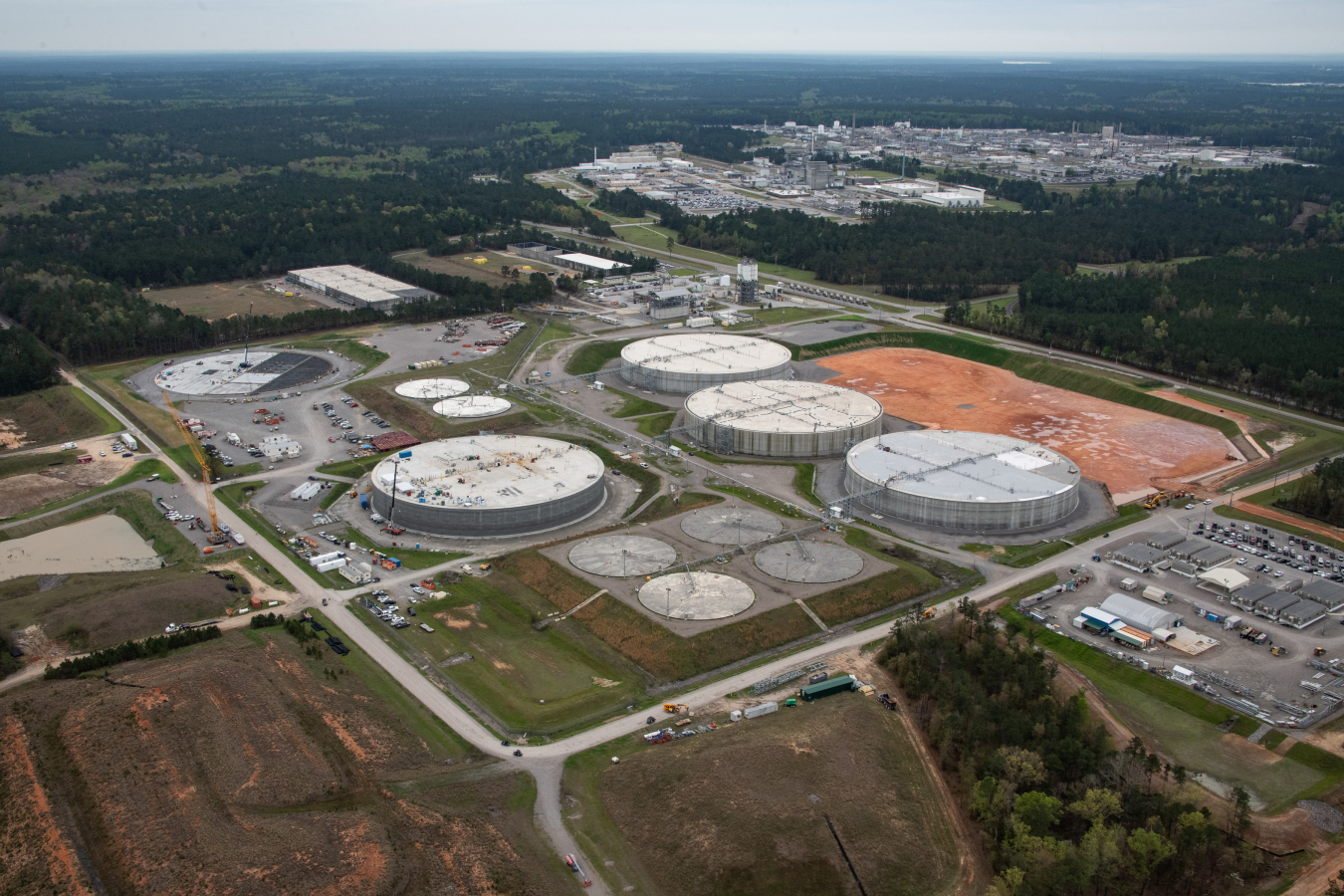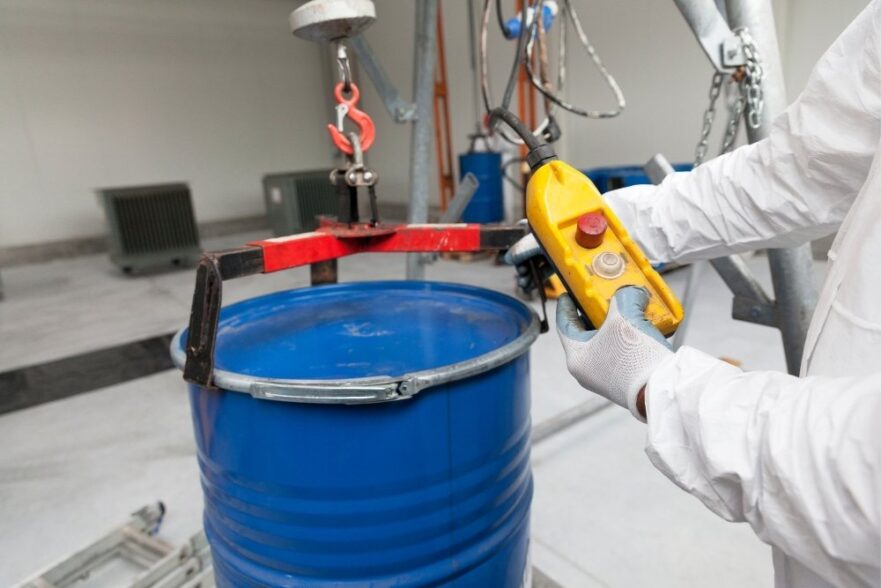Leading Liquid Waste Disposal Melbourne: Trusted Services for Proper Waste Management
How Fluid Garbage Disposal Works: A Comprehensive Overview of Strategies and Technologies Used

Review of Fluid Waste Kind
The intricacy of fluid waste kinds demands an extensive understanding of their attributes and effects for disposal. Liquid waste can broadly be categorized into several kinds, consisting of industrial, metropolitan, agricultural, and harmful waste. Each group displays distinctive residential properties, calling for certain administration strategies to reduce environmental and health threats.
Industrial fluid waste originates from making processes and frequently contains a variety of impurities, such as hefty steels, solvents, and natural compounds. Municipal fluid waste, mostly making up wastewater from homes and commercial facilities, includes organic issue, nutrients, and microorganisms (industrial wastewater treatment). Agricultural liquid waste, consisting of overflow from ranches, may contain fertilizers, chemicals, and animal waste, posturing dangers to water quality and environments
Harmful fluid waste is defined by its toxicity, sensitivity, or potential to cause injury. This classification consists of compounds like acids, bases, and particular chemicals that require strict handling and disposal procedures. Understanding these varied fluid waste types is crucial for creating effective disposal approaches and guaranteeing conformity with environmental policies. Appropriate category and characterization are vital for implementing proper treatment strategies and reducing the damaging effect on public health and the setting.
Physical Treatment Techniques

Testing is the first action, where bigger fragments and particles are eliminated from the liquid waste making use of screens or grates. This procedure protects downstream equipment from damage and makes sure smoother operation. Complying with testing, sedimentation uses gravitational pressure to separate solids from fluids. In sedimentation containers, larger bits work out near the bottom, developing a sludge layer, while the cleared up liquid can be more dealt with.
Filtering is one more necessary technique that includes passing the liquid via porous materials, such as sand or membranes, to capture smaller sized particles. This action enhances the top quality of the fluid, making it appropriate for succeeding treatment procedures.

Chemical Therapy Techniques
Chemical therapy techniques are crucial for effectively managing liquid waste, specifically in attending to liquified and colloidal impurities that physical approaches might not effectively remove. These methods make use of different chemical agents to counteract, precipitate, or change hazardous compounds right into much less damaging forms.
One typical approach is coagulation and flocculation, where chemicals such as alum or ferric chloride are added to promote the aggregation of put on hold fragments. This process improves sedimentation, permitting easier removal of the resulting sludge. In addition, oxidation processes, employing agents like chlorine or ozone, are used to damage down complex natural substances and pathogens, rendering the waste much safer for discharge or additional therapy.
Neutralization is an additional crucial strategy, which readjusts the pH of acidic or alkaline waste streams to neutral levels, avoiding prospective damage to downstream systems and the atmosphere. In addition, advanced oxidation processes (AOPs) utilize combinations of oxidants and ultraviolet light to break down consistent toxins, attaining a greater degree of therapy performance.
Organic Therapy Processes
Biological treatment procedures play an important function in the administration of liquid waste by utilizing bacteria to disintegrate natural matter and decrease impurity degrees. These procedures can be extensively classified into anaerobic and aerobic treatments, each utilizing particular microbial communities to achieve reliable waste destruction.
Cardio therapy entails the usage of oxygen to assist in the break down of organic materials by germs. This process is typically executed in activated sludge systems, where oygenation storage tanks supply a favorable atmosphere for microbial growth, bring about the oxidation of natural pollutants. The resultant biomass can be divided from treated effluent via sedimentation.
On the other hand, anaerobic therapy happens in the lack of oxygen, relying upon various germs to break down organic issue. This approach is especially beneficial for high-strength waste, as it generates biogas, a renewable resource resource, while minimizing sludge manufacturing. Technologies such as anaerobic digesters are often utilized in industrial and local applications.
Both aerobic and anaerobic biological therapies not only decrease the environmental influence of liquid waste yet likewise promote resource recuperation, making them necessary elements of lasting waste administration strategies. Their flexibility, efficiency, and efficiency sustain their extensive application throughout numerous fields.
Arising Technologies in Disposal
Cutting-edge techniques to fluid garbage disposal are rapidly progressing, driven by advancements in innovation and an increasing emphasis on sustainability. Amongst these arising modern technologies, membrane bioreactors (MBRs) have acquired traction for their capacity to combine biological treatment with membrane filtering, resulting in high-grade effluent that can be reused in various applications. MBRs enable smaller footprints and much more effective procedures contrasted to you can try here traditional systems.
Another promising development is the usage of anaerobic digestion integrated with nutrient recuperation technologies, which not only treats fluid waste yet additionally creates biogas and recoups valuable nutrients like nitrogen and phosphorus. This dual advantage improves resource effectiveness and decreases click resources environmental impact.
Additionally, progressed oxidation processes (AOPs) are being adopted for the degradation of intricate natural toxins. These techniques utilize powerful oxidants and catalysts to break down impurities at the molecular degree, using a highly effective service for challenging waste streams.
Moreover, the assimilation of expert system and artificial intelligence in waste administration systems is optimizing functional effectiveness and predictive upkeep, causing minimized expenses and improved ecological compliance. These modern technologies mirror a considerable shift in the direction of even more efficient and lasting liquid garbage disposal methods.
Conclusion
Finally, efficient fluid waste disposal demands a comprehensive understanding of numerous techniques and modern technologies. The integration of physical, chemical, and organic treatment approaches makes sure the efficient administration of diverse waste types. In addition, the introduction of ingenious modern technologies improves therapy efficacy and promotes sustainability in waste monitoring methods. By continuously advancing these techniques, it becomes possible to resolve the growing difficulties related to liquid waste, inevitably contributing to environmental management and source healing.
Liquid waste disposal is a crucial aspect of environmental administration, needing an extensive understanding of numerous strategies and technologies tailored to different waste kinds. Fluid waste can generally be classified right into numerous kinds, consisting of commercial, municipal, agricultural, and hazardous waste. Agricultural liquid waste, including runoff from ranches, might include fertilizers, pesticides, and animal waste, posing threats click this site to water top quality and ecosystems.
Numerous physical therapy approaches play an essential duty in handling liquid waste efficiently - industrial wastewater treatment.In final thought, efficient liquid waste disposal necessitates a comprehensive understanding of numerous strategies and innovations